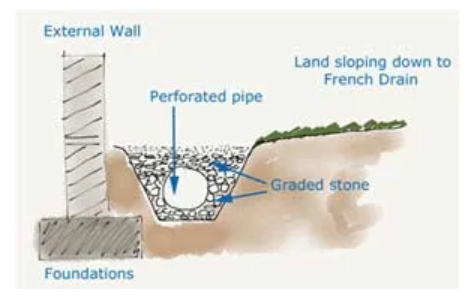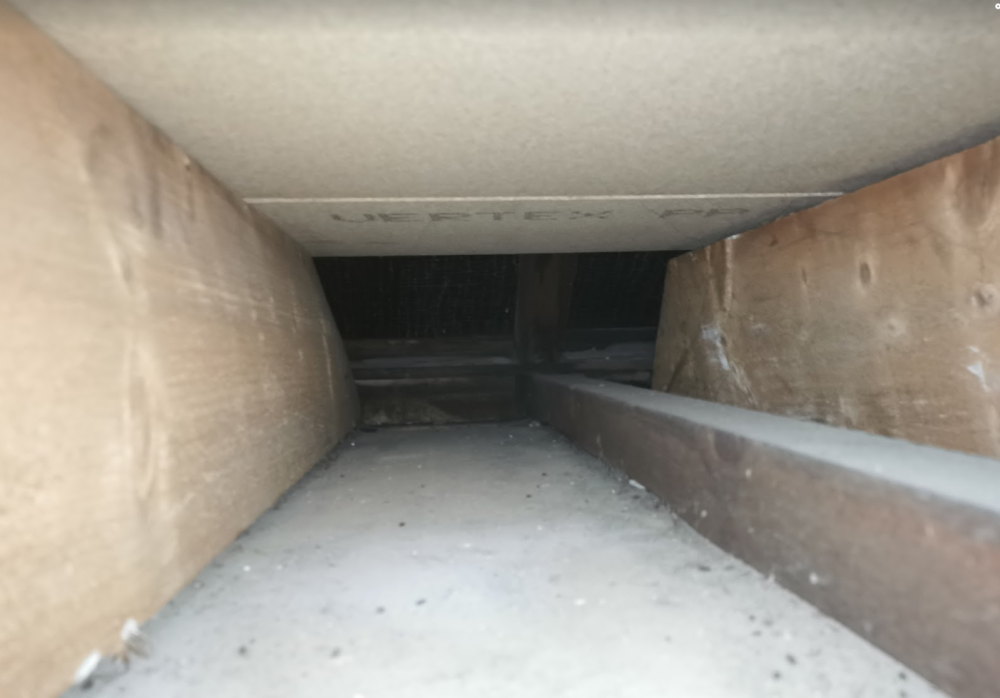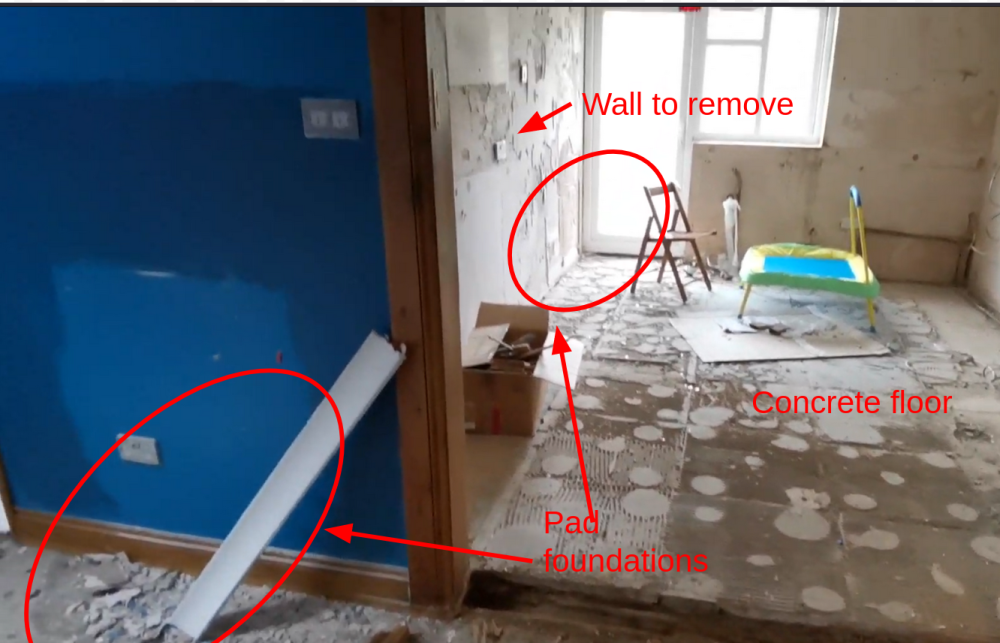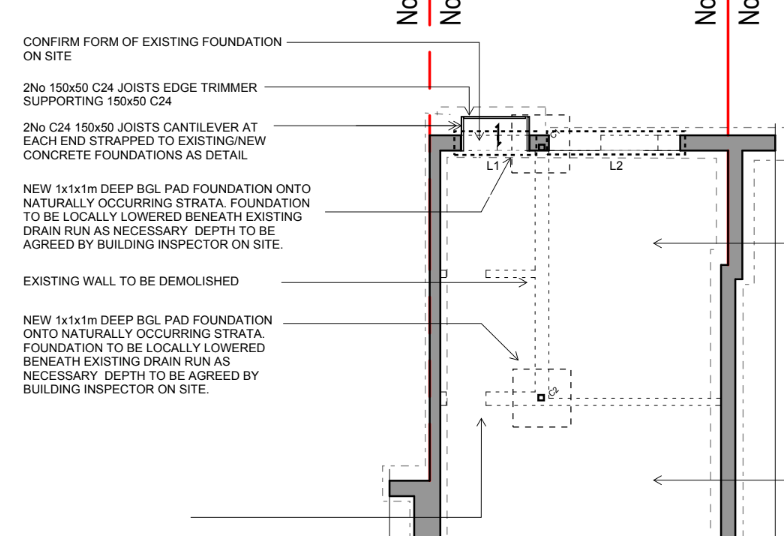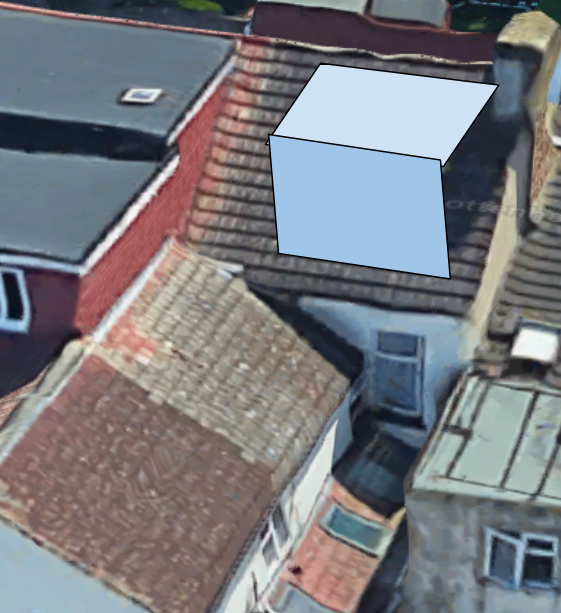
Keymon
Members-
Posts
26 -
Joined
-
Last visited
Personal Information
-
Location
London
Recent Profile Visitors
The recent visitors block is disabled and is not being shown to other users.
Keymon's Achievements

Member (3/5)
0
Reputation
-
contract/project admin to start in the middle of tendering?
Keymon replied to Keymon's topic in Project & Site Management
Yes, that is very true. Now I am in the situation, I need to get this shorted out -
Hello, I am doing this Victorian house renovation, and we decided to first remove the chimney, that was leaning and not supported right, replace the roof and rebuild the loft with a roof company. We found roof company, it seem established (long time in trade) registered in NFB, etc. They were willing to do all package, including drawings, building control, permitted development application, etc. and start ASAP. Unfortunately I did not sign a contract but a quote. This builder/roofer also was sending me quotes for the rest of the house refurbishing. As part of the quote I was told it would cover the full roof, the loft from start to end. Only decoration out. I assumed that all project would be subject to building regulations, as it is >50% roof replaced. Soon we started to have some issues, regarding scope, big extra charges (too expensive, and should be seen in advance). But now I have structural concerns: It seems they had issues with the gable wall where the chimney was, so they supported the steel beam on top of other beam using a post built of wall studs. The roof does not seem is not restrained, they have the plates just laying over the wall, with BIG gaps, it needs refitting. The gable wall is in very poor condition, and they are covering it up by building other stud wall in front. On top, he just put 100mm rear part of the roof (BTW with HUGE gaps between insulation and rafters), which obviously does not comply Part L of insulation. He literally told me that 100mm was all he quoted for. He said "will put more if I grant the rest of the project". I am now seriously asking him to stop and provide the building control details. If they inspected and approved these changes, and if a structural engineer reviewed that wall state and the beams/post. Also how they will retrain the wall, and the roof, etc. if BC covers all the project, etc. Note: I asked a pair times for the building control details, but failed to send it so far. They payment schedule I signed was +10% to quick off, +40% to start, +30% when the roof is "watertight" and +20% on completion. So far I paid 50% but they are already saying they will ask for the 30%. What is my legal position here? I am right assuming a quote like this MUST include all building control, and hence, be built at those spec? What if they are not following this spec: Can I not pay until done? What if they actually failed to do the building control notice, or do it for part of the project? I understood they are legally bound to do it, is that right? how can I enforce that? Thank you
- 4 replies
-
- buiding regulations
- legal requirement
-
(and 1 more)
Tagged with:
-
Hello, We are doing this full renovation project of a terrace house, everything renovated plus some structural wall. Unfortunately we had been a bit unlucky (maybe also foolish). Our first architects were too unresponsive and we had to change. We hired then a "project manager" friend of a friend. He was located abroad but said he could manage everything from design to completion, and told us to use a new architect (friends of him) to start from scratch. Unfortunately we were not happy with his project management: we had to do track all the work, chase and coordinate everyone, the design was delayed, etc. And it was not clear how he would do all the project/contract admin. So we decided to only use their services up to prepare tendering docs. now we are in this situation: architect drawings done (mostly), structural calculations and design, tendering docs, building control, etc... but looking for builders ourselves and without contract/project admin. I still feel we need advice and somebody to help us to find and negotiate with the builder, advice during the project, do inspections, etc. But we do not want to find other architecture firm and start over, as we invested a lot of time and money in fees, and we are happy with the design and scope. We are considering to hire specifically a "contract administrator". Most seem to be surveyors. Builders seem to provide a project manager on site for the build process itself, so I guess we only need somebody managing the contracts, advising regarding costs, inspecting. Does it make sense? do you advice something else? how can I find a contract admin? Also, we are struggling to find contractors, we are just contacting local ones using houzz or similar, but with little availability. On top of this: We found later that we had remove the chimney that was not structurally safe, and also the roof, and rebuild the loft (was converted by a cowboy). We found a roofing company able to start immediately that offered to do all end-to-end, including building control, lawfulness certificate, etc. So we decided to hire them, but they did not offer an official contract like JCT or so. I regret it a bit now, as I learn about the need of full contract, but now we can only wait.
-
Thank you @markc. So basically something like this, not deeper than the foundations would be fine. It is a much cheaper approach than breaking all the front tiled ground floor and lowering it
-
So, do you reckon adding a French trench like this might be a bad idea?: https://www.1stassociated.co.uk/french-drains.asp https://www.ihbc.org.uk/guidance_notes/docs/tech_papers/French Drains.htm It was recommended by my Damp surveyor, see below
-
Interesting. We have a serious damp issue in the front of the cause, because they raised the ground levels outside above the DPC level, they partially blocked the airvents, and we had the roof gutter (mine and neighbours) just pouring water heavily by the wall and the air vent. Also the soil had rumble and was touching the wood and bridging the DPC. And a pair of poorly old chimney foundations with all the rumble left behind. This house seem to be a book example have all the damp problems 😄 Then I dig the soil in that corner to check the foundation depth (btw, 450-500mm) and it was actually very wet, no water, but muddy and soft. Our damp surveyor advice was to extend the gutter to the main street (obviously). Restore ventilation and lower soil levels. Then either lower the front ground levels (break an bunch of concrete and tiles) or install a french trench at 400-500mm in the front perimeter. I was planning to install the french trench. Do you think the french trench might dry the soil? And if I install glasscrete, does it make sense to still do the french trench? Yes, that is what I thought! BTW, my neighbours have a concrete slab there. I think part of my damp issues, apart of all the other issues We are still choosing. The previous owners had a solid oak of 15mm flooring in the lounge. It is very damaged, but it is good quality. We were thinking to reuse it, but it means giving up UFH there. Do you think soild oak would do the trick with this ground? Then for the rear kitchen area, we didn't decide yet, but these tiles seem ok: https://www.stonesuperstore.co.uk/limestone-tiles Nothing really, just a normal north London residential street with terraced houses. In the garden/patio there is a small fig tree 4m away. This house is very basic and had been removed of any nice features, no chimney, nothing special. Had been heavily extended. There is not much to preserve. So basically the options I have are: Timber: breathable and ventilated, but not so energy efficient. Might require digging. Concrete, energy efficient, not breathable and risk of damp, requires DPC, requires more depth (450mm) But quick and all builders are familiar with it. Glasscrete, breathable, but restricts on flooring options. Long time to dry. builders are not used to it. Still, I think breathable and ecological are selling points.
-
Sorry, I meant: I do not want to dry the soil. But I understood from your original comment "If clay you don't want to dry it out or it will shrink and cause you big trouble." that having glasscrete could cause the soil to dry. You mean for the screed, in case if I go for glasscrete or similar with the lime screed? Interesting. I am not doing the works myself, hiring some builders. Likely they will not be happy, but maybe they are OK?
-
I described my current situation here: At the beginning the plan was to make all timber, then we considered concrete in the rear, keep timber in the front. But the architect says we won't pass building control with the current joists of 100mm, we need to replace all to get ticker insulation, and then we will need to dig more, etc. If we put concrete in all the floor, we would achieve a good u-value, but the recommendation then is to do DPC across all the perimeter. I reached the company. They say that. U-value of 0.22W/(m2K), can be done with 150mm Compacted Geocell + 100mm Lime Screed Price wise is ~6k, but 7.5k with the screed sand. The soil is mostly clay. How can it be dried out?
-
Continuing my questions regarding floor structure. I had the option of timber or concrete. But I learn about this other system: Glasscrete, with a lime based screed: https://www.mikewye.co.uk/product/glasscrete-floor/#1511968619333-7006ff0e-6459 https://www.limecrete.net/wp-content/uploads/2019/06/Glasscrete-Installation-Guide-V1.pdf In theory it checks all the boxes: Solves the issues with the damp as timber (they claim) It is energy efficient, I can get a 0.22 u-value with 150mm+100mm. this is great because we have a 450-500mm foundation. It has all the pros of concrete. Cost wise, I got a quote for materials, almost 6k for 85sqm. I am not sure how it compares with concrete in terms of cost. I see the caveat of the drying time. They say 7-14 days depending temperature. Also, if the builders will know how to install it or not (although it seems fairly simple) What do you think about this system?
-
Build a dormer window in an already reinforced roof
Keymon replied to Keymon's topic in Lofts, Dormers & Loft Conversions
Actually checked and it is 20x5cm joists with a 35cm between them (every 40cm). There is a gap as you described. -
Build a dormer window in an already reinforced roof
Keymon replied to Keymon's topic in Lofts, Dormers & Loft Conversions
One alternative we looked at is the Velux Dormer: https://www.velux.co.uk/products/space-makers/dormer What is your opinion on those? Do you reckon this could work without major changes? -
Build a dormer window in an already reinforced roof
Keymon replied to Keymon's topic in Lofts, Dormers & Loft Conversions
We had a previous bigger conceptual design (from other architect) with a loft as a L, which was meant to be under Permitted Development (<40m3). I am assuming that as it is much less, it should be fine. Anyway, I will ask the architect. And of course this would require a Party Wall agreement, etc? Unfortunately we already served notice for the chimney removal and roof replacement. That is annoying, the surveyor would likely charge me again Thx a lot for your response -
Build a dormer window in an already reinforced roof
Keymon replied to Keymon's topic in Lofts, Dormers & Loft Conversions
Thx for your answer! Yes, that is my next question. I wonder if these joists are even installed correctly. The joists seem just installed by the existing ceiling joists. No beam or anything. I guess resting on the walls? I am not in the property, but IIRC they are 15cm spaced every 40cm. -
Hello, We are in a Victorian house renovation. We plan to remove one load bearing wall in the kitchen, and that requires a steel beam. If relevant: the 1st floor joists will be at the level of the beam (not on top). The beam will be supported by 2 posts with pad foundations that will be built too. We also want to break and rebuild the existing concrete slab in all that area, due poor patchy construction. There is concrete at both sides, the old kitchen and a bath from the side extension. To reduce costs, and start early, I have somebody to help removing all that concrete before all the prior works start in some months time. But now I was thinking that maybe it would be convenient to NOT remove the concrete slab, as maybe the people removing the load bearing wall would need it to put the acrows, temporary load bearing studs, support for needles or whatever. Reading some sites like this one I confirm my suspicion (just found this): What do you think? Some photos and plans:
-
Hello, We are into this renovation of a Victorian house. It has a reinforced loft (poorly built, but it has 15cm joists), but without any dormer window, just pitched roof. At first, our plan was to not touch the current loft, and focus on the rest. But due issues with the chimney (barely supported by timber), some old roof tiles in some areas, the need to retrofit membrane and add insulation, etc, we decided to just rebuild the roof and remove the chimney. And as we are doing that, we thought: Why not do now a dormer? Now, if we do this it means: Architect will need to do drawings, SE wants to charge again, and then build might delay our works? Cost wise I was told by a roofer like ~10k So my question is: Providing that the loft is already reinforced, how difficult would be add a the box for a dormer window, like below? Would it usually require a lot of structural work (ie steel), or would be the existing 15cm Joists be enough? or maybe it just requires duplicate the joists?

